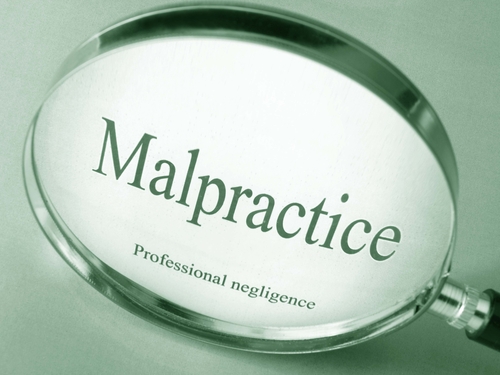DIVORCE: THE NEW ESTATE PLANNING TOOL?
This morning (5/17) presented an article by Michael Waters in the on-line edition of The Atlantic noting that only about half of Americans die with a will (i.e., testamentary instrument) and suggesting that many of the state laws that profess to divide assets where there isn’t a will are antiquated.
That may be a fair point but the real problem in modern estate planning is the unspoken expectations of senior couples about how estates should be divided. Many of these couples are living with spouses who are not the parents of their children. Many have children by several former relationships, something unthinkable until the 1980s when no fault divorce really took root.
Irv and Selma are in their late 70s and have been married for 20 years. Irv has three adult kids by way of two prior marriages and Selma has two children by her one former marriage. One of Selma’s children is disabled and lives in a group home. Selma acted as a step parent for Irv’s two younger kids while they were teenagers. During their working years Irv was the breadwinner and Selma worked part-time to help pay for college.
There are five kids to “provide” for. But the views of Irv and Selma about how to do that could not be more different. Therein lies the rub. This is otherwise a happy couple with many common interests and shared friends. But there is almost no agreement about the kids. Irv feels no obligation to Selma’s children. Meanwhile one of Irv’s kids blames Selma for the divorce that “ruined” her childhood and regards her stepmom as a pariah. Irv’s first wife is destitute, and his eldest child worries that he will have to support his mother and that Irv has “some obligation” to help Irv’s first wife.
So, Irv and Selma, an otherwise happy couple, have one subject that they cannot safely discuss; their estate plans. Meanwhile, the children are asking. One is disabled. One has a mountain of student debt. Another tapped Irv for $30,000 four years ago to get some drug treatment. How should those facts be weighed in dividing the bounty.
Selma looks at the problem and has expressed views about how she needs to be financially secure if Irv dies first. This angers Irv and he sometimes threatens to “leave it all to my kids.” Selma doesn’t think he would do that but there is no estate plan as far as she is aware, and Irv doesn’t care to discuss it.
It’s a mess and one of the things lawyers are seeing is the client who consults about a divorce not because he or she is unhappy at home. It is because there is no estate plan or the estate plan leaves the one spouse unprotected or feeling “gypped” because the other spouse doesn’t include the entire family of stepkids. These people don’t want to be divorced but the threat of divorce and distribution of their property may be the only clear route to a plan.
Unfortunately, there is no easy way to write a bill to address these problems. Divorce is effectively using a hammer to break open a (nest) egg. Yet if the hammer is the only tool in the closet, it is likely to be the one employed.






